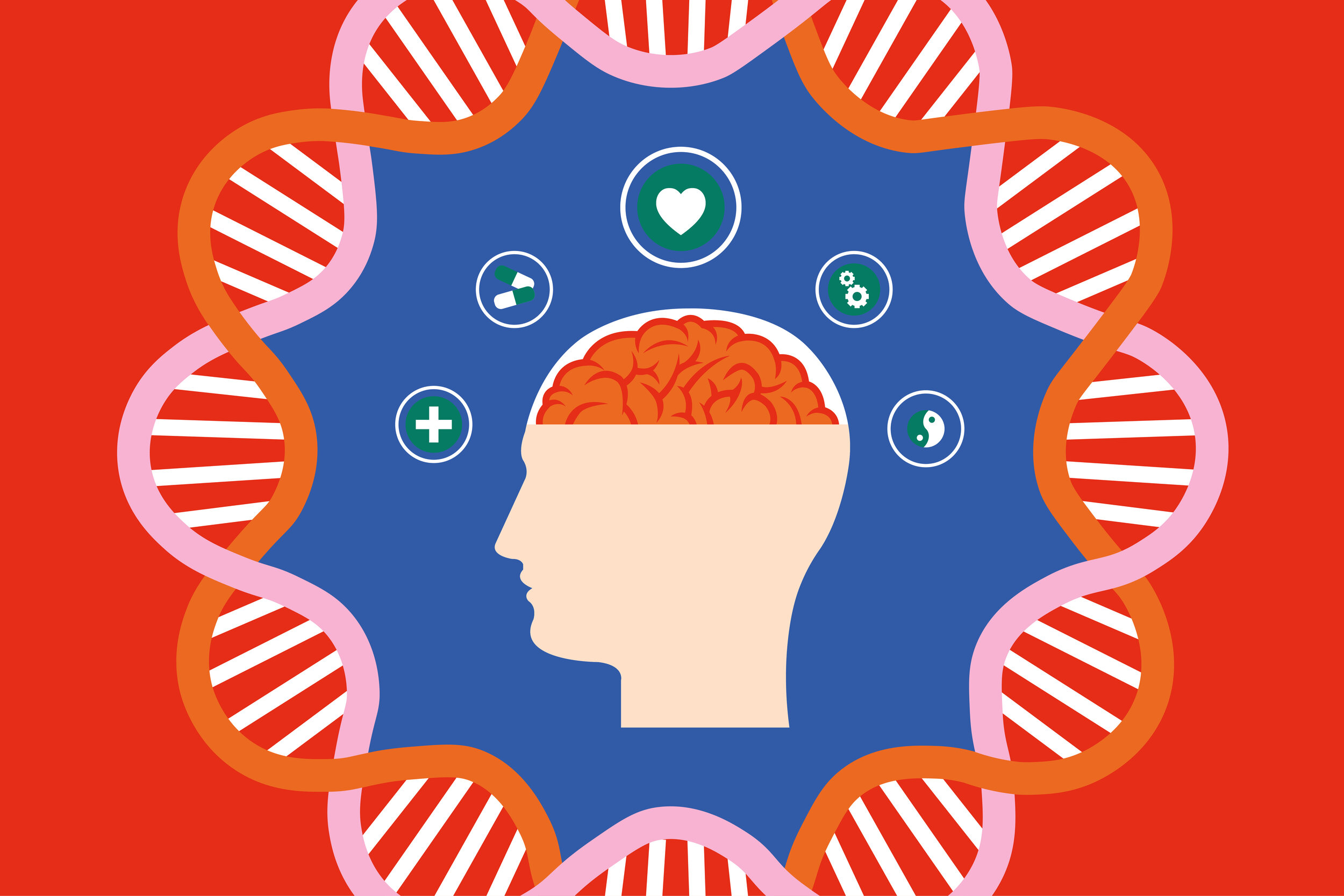What types of learning disabilities are there?
Since we’re learning disabilities tutors, we want to help you along your journey to better understanding of this diagnosis! In this series, we've shared a learning disability primer, covered how learning disabilities are diagnosed, what to do when learning of a new diagnosis, and the difference between learning disabilities and ADHD. We’ve also explored whether learning disabilities can be cured.
In this article, we will talk about some different types of learning disabilities.
What types of learning disabilities are there?
As I’ve talked about in a previous article, this answer depends on if you are looking for a clinical diagnosis or services within the education system. Further nuances within the education system is that some state definitions are more specific than the federal definition. Keep in mind as well that the terminology has changed and what you’ll find on a lot of pages on the web are references and definitions for dyslexia, dyscalculia, and dysgraphia, which are no longer technically accurate descriptors.
In the clinical environment (e.g., doctors, psychiatrists, psychologists, etc.), the term used is specific learning disorder as defined by the DSM-5. This is a neurodevelopmental disorder that impedes the ability to learn or use specific academic skills such as reading, writing or arithmetic. Signs may appear as early as preschool years, but only reliably diagnosed once a child has entered elementary school years.
The DSM-5 describes specific learning disorder as an overarching category with specific manifestations in three domains: reading, writing, and mathematics. A child would receive a diagnosis such as a specific learning disorder with impairment in reading (or writing or mathematics), although they can receive just the general learning disorder diagnosis.
In the educational environment, the Individuals with Disabilities Education Act (IDEA) defines a specific learning disability as “a disorder in one or more basic psychological processes involved in understanding or in using language, spoken or written, that may manifest itself in the imperfect ability to listen, think, speak, read, write, spell, or to do mathematical calculations.”
Regardless of which environment you are working within, the practitioner or team will hopefully also specify if the area of disability is reading, writing or math. It isn’t uncommon to have a learning disability identified in more than one area, although reading is the most commonly diagnosed.
“Signs may appear as early as preschool years, but only reliably diagnosed once a child has entered elementary school years.”
Specific learning disability in reading
While many people picture a child who cannot distinguish between “b/d” or writes letters backwards as having a reading disorder, it encompasses much more than that.
With a reading disorder, a child has difficulty perceiving a word as a combination of distinct sounds. They have difficulty understanding that the letters they see on a page have distinct sounds, and that letter combinations and their sounds make a word.
This may be noticed early on, with what educators refer to as pre-reading skills. The child may have trouble breaking down spoken words into syllables and recognizing words that rhyme. As they move into early reading skills, the child may not be able to recognize and write letters easily.
As a result of difficulties with sound-letter correspondence, reading fluency will be affected. Reading is often slow, effortful, and labored for children with a reading disorder.
Reading comprehension is the ability to understand what has been read. This often directly follows difficulties with fluency, but also may appear in children who do not have difficulties understanding pre-reading skills. Reading comprehension difficulties also manifest themselves through difficulties with recall and making inferences.
Spelling can also be affected by a reading disability. This makes logical sense, when one considers that if one has trouble with letter-sound correspondence, they are going to have difficulty working backwards to take a sound and correctly identify the letter or combination of letters that make up the word in written form.
Working memory problems are often closely related to a disability in reading, as the ability to hold and manipulate information is important for the development of reading skills.
Specific learning disability in writing
A learning disorder in writing is complex, as writing itself involves language, visual-spatial skills, information-processing skills, focus, memory, and fine motor skills.
Children with a learning disability in writing have problems with handwriting, spelling, and composition. Their writing is often illegible, or it may be slow and labor-intensive. A disorder in writing may also manifest itself in difficulty coming up with a topic and putting their thoughts into writing. Their writing compositions are often poorly organized and hard to follow or understand. There are also likely to be frequent errors in spelling, grammar and punctuation.
Strategies for writing such as planning their story/essay, organizing their thoughts, writing a rough draft, and editing are likely to be below average compared to their peers.
Specific learning disability in math
When a child has a learning disability in math, it can show in either computation or reasoning/problem-solving skills, or both. The child may have difficulty with number sense, or understanding how numbers work and relate to each other, calculating math problems, memorizing basic calculations, using math symbols, understanding word problems, and/or organizing and recording information while solving a math problem
“A learning disorder in writing is complex, as writing itself involves language, visual-spatial skills, information-processing skills, focus, memory, and fine motor skills.”
Specific learning disability in oral language
While the DSM-5 does not distinguish learning disabilities with impairment in oral language for the clinical setting, this disability is recognized under the IDEA definition (which guides diagnoses in the educational setting).
Children with a learning disability in oral language have difficulties with listening, speaking, and understanding oral and written language. It is related to deficits in semantic and syntactic processing. Semantic processing is the encoding of the meaning of words, whereas syntactic processing is the understanding of the order of words and how that can change meaning (e.g., “The hat is on boy” and “The boy is on the hat” have the same words but different meanings). This may be comorbid with a disability in reading, as it will impact comprehension and fluency.
What about a nonverbal learning disability?
You may also have heard the term nonverbal learning disability (NVLD) in school and clinical settings. Neither the DSM-5 nor IDEA recognize NVLD as a distinct disability. There are lots of reasons for this, but primarily it is due to no standard definition for diagnosis, which also means it is difficult to gather research and compare results of this profile.
The research that is available suggests that NVLD is associated with impairment in the broad areas of motor skills, visual-spatial organizational memory, and social abilities. One debate is how to distinguish it from autism, although advocacy groups argue those with NVLD are unlikely to have the difficulties with verbal communication that persons with autism do.
A high level view of learning disabilities in reading, writing, math and more.
































